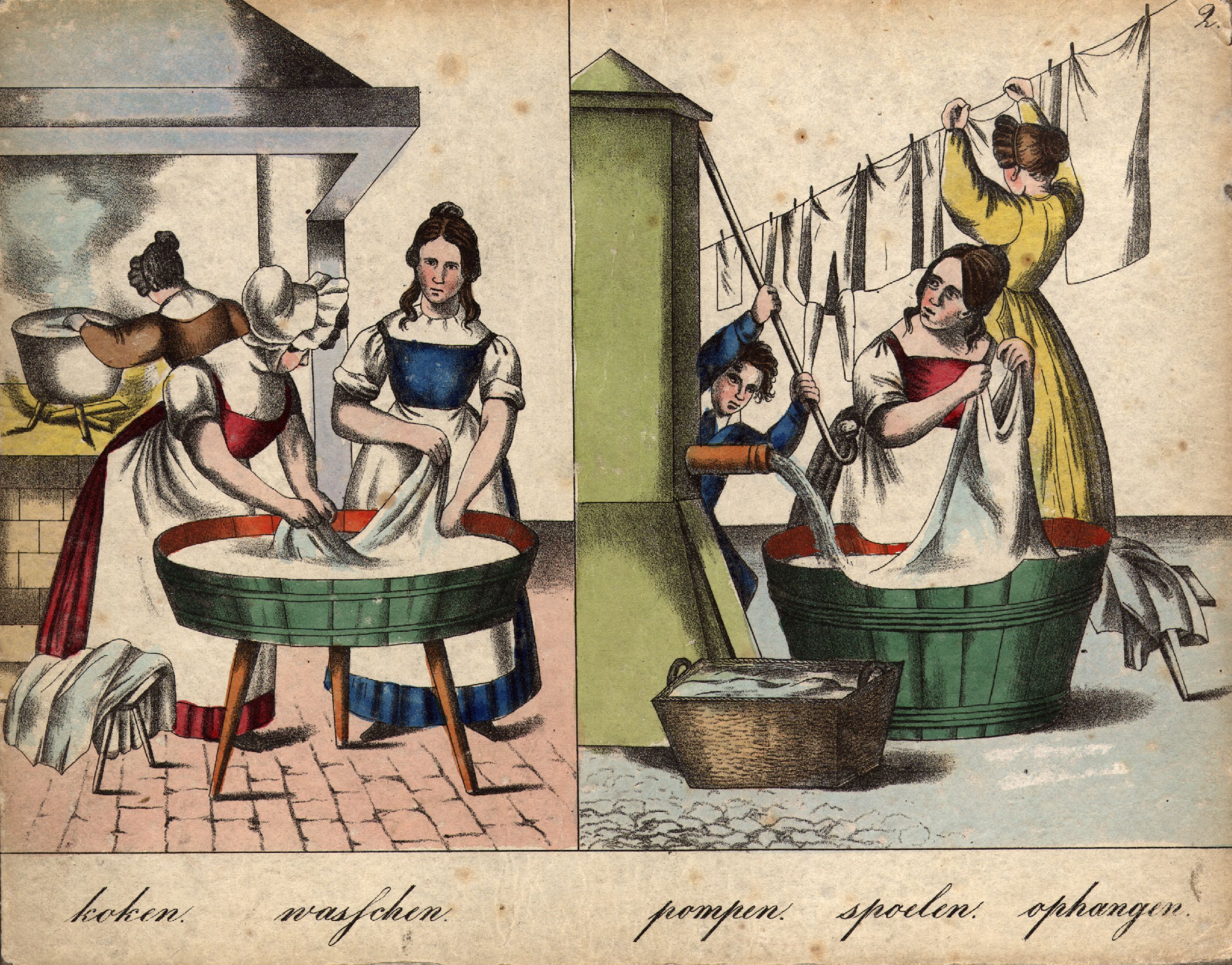I can't stop thinking about these weird life hacks from 1873
These were simpler, stranger times


In the late 1800s, a new type of book was captivating readers: a book of life hacks. Of course, practical quick fixes for day-to-day problems have always been with us. But in 1873, a book called Facts and Hints for Every-Day Life put them on paper. And lo and behold, a lot of the ideas in this book — if a bit weird — would still work today, and could be cheaper (and perhaps more interesting?) than any solution you'd find elsewhere.
1. Create your own flame retardant
Borax, the powdered soap your grandparents kept on hand for serious cleaning, is a pretty terrific mineral. It's naturally occurring, non-poisonous, and can be used for everything from making kids play-slime to stopping nuclear reactions. It's also a flame retardant. Many modern fabrics are already flame-retardant by law, such as any cloth used to make children's pajamas. However, the fine print on those fabrics can indicate the non-flammable nature is temporary: Washing cloth also washes away the chemical treatment that makes it resistant to fire. So, if you want to touch up your drapes before you hang them by the fireplace, or double dip your child's jammies just to be sure, it's as easy as dissolving (an unspecified amount) of borax in hot water and soaking the fabric in it.
The Week
Escape your echo chamber. Get the facts behind the news, plus analysis from multiple perspectives.

Sign up for The Week's Free Newsletters
From our morning news briefing to a weekly Good News Newsletter, get the best of The Week delivered directly to your inbox.
From our morning news briefing to a weekly Good News Newsletter, get the best of The Week delivered directly to your inbox.
2. Out of soap? Grab a potato.
Soap is not a magic potion. It doesn't vaporize dirt and germs. Soap, at its most basic, is just fat mixed with strong alkaline (technically the opposite of acid, but dangerous and chemical-burny, all the same). The marriage of those two ingredients creates a substance that attracts grease and dirt and then traps it in the water to be drained away. For most of history, soap was made using animal lard and lye obtained from ashes. Potatoes don't have the same chemical component of true soap, but they do provide soft grit, which, if your hands aren't greasy, facilitates friction, and removes whatever happens to be sitting on the top layer of your skin, leaving your hands soft. So in a pinch, sure, a boiled potato would work, but so would sand or ash or boiled carrots. Without fat and lye, the cleaning is in the scrubbing, nothing more.
3. No-recipe crackers
Instructions for making plain quick-breads and crackers haven't changed much over the centuries. The convenience and charm of this recipe is the fact that it uses no measurements, but encourages the baker to rely on their own instinct and taste. "To the yolk of one egg add sufficient milk to make one pound of flour into a stiff paste," Facts and Hints for Every-Day Life says. Then roll the paste thin, cut it into circles with a wineglass, prick with a fork, and "bake in slow oven." How hot or for how long isn't specified, as each baker will presumably know when their own biscuits are done. (The lack of any rising agent in this recipe suggests this British publication is using "biscuit" to mean something similar to what Americans call "crackers.")
A free daily email with the biggest news stories of the day – and the best features from TheWeek.com
4. DIY stain remover
This recipe requires a few products that we don't keep lying around the house anymore, but they aren't hard to get your hands on. Obtain four ounces of "Fuller's Earth" (a particular kind of powdered clay), and a half ounce of pearl-ash (high grade potassium carbonate). Wet with lemon juice and mix into a good stiff paste. Roll into balls, dry in the sun. You've just created an all-natural, long-lasting stain remover. Rub onto wetted stains, allow to dry, and then sponge off the remaining dust.
5. A cheap cure for blistered feet
In the 19th century, shoes were almost exclusively made of leather and wood. This meant sore, blistered feet. Facts and Hints recommended soaping the inside of your socks before a long walk. The sweat of your feet will build a "thick lather" to keep your skin from being pressed too hard in any one place. It's also good to bring a second pair of socks, as there is only so much sweat and suds one pair can sustain. If a blister forms anyway, fear not: Facts and Hints promises a little lard and liquor mixed and applied at bedtime will heal you by morning.
Therese O'Neill lives in Oregon and writes for The Atlantic, Mental Floss, Jezebel, and more. She is the author of New York Times bestseller Unmentionable: The Victorian Ladies Guide to Sex, Marriage and Manners. Meet her at writerthereseoneill.com.
-
 How will China’s $1 trillion trade surplus change the world economy?
How will China’s $1 trillion trade surplus change the world economy?Today’s Big Question Europe may impose its own tariffs
-
 ‘Autarky and nostalgia aren’t cure-alls’
‘Autarky and nostalgia aren’t cure-alls’Instant Opinion Opinion, comment and editorials of the day
-
 Japan’s Princess Aiko is a national star. Her fans want even more.
Japan’s Princess Aiko is a national star. Her fans want even more.IN THE SPOTLIGHT Fresh off her first solo state visit to Laos, Princess Aiko has become the face of a Japanese royal family facing 21st-century obsolescence
